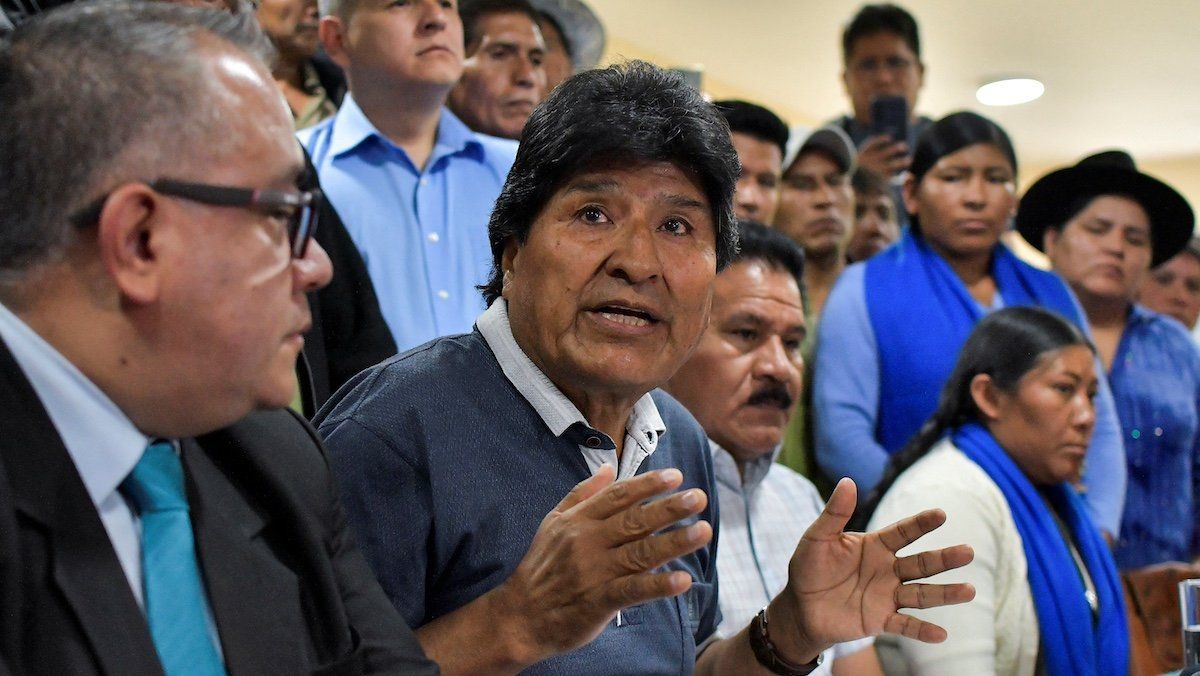The day after former Bolivian President Evo Morales claimed to have survived an attempt on his life on Sunday, Interior Minister Eduardo de Castillo accused Morales of staging an attempt on his own life. Morales, for his part, claims the government attempted to kill him amid a massive power struggle that has divided the ruling party.
What does each side claim? Morales said in a radio interview that a convoy carrying him through Chapare — a rural bastion of both Morales voters and coca production — was stopped by masked men with weapons who shot at his car and wounded his driver before the convoy fled.
De Castillo, on the other hand, said in a news conference that Morales’ car had failed to stop at a drug checkpoint and ran over a police officer while attempting to flee, leading to a chase and small arms fire.
What’s the beef? Morales is technically from the same Movement Toward Socialism party that currently holds power in La Paz, but he and his erstwhile protegé, President Luis Arce, are in a bitter feud. Both men want to stand for election as president next year, but Morales has been found ineligible by the constitutional court (not that this will stop him).
We’re watching for more clarity about what really went down, and whether Morales still commands the populist charm that kept him in office from 2006-2013.
